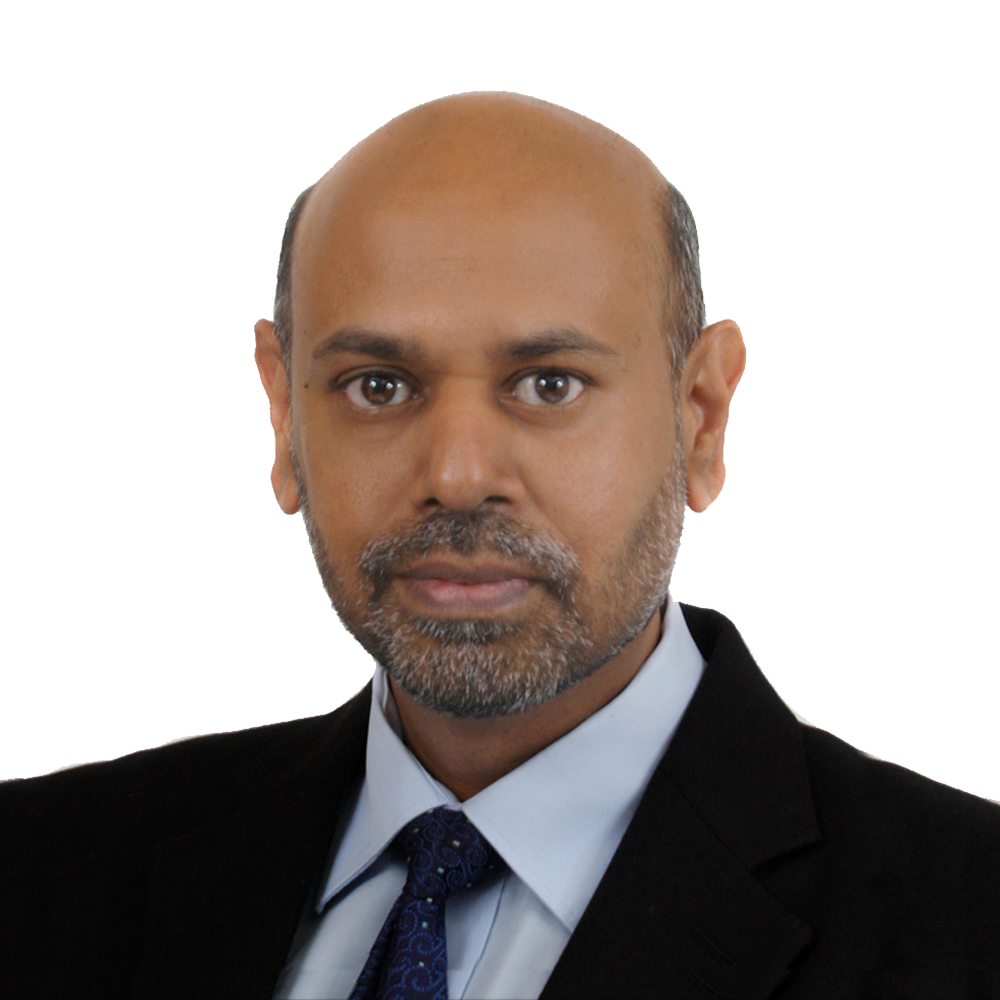
Ashok Thomas
 Most organizations consider process and agility as mutually exclusive. The contention is that focus on one would naturally result in the dilapidation of the other.
Most organizations consider process and agility as mutually exclusive. The contention is that focus on one would naturally result in the dilapidation of the other.
This philosophy typically results in a rigid dichotomy, wherein one hand of the organization works towards building bureaucratic structures in the pursuit of process compliance, while the other hand systematically ignores these very structures in the quest of make-believe agility. The outcome of this is usually a ‘decorated’ organization, perhaps well-endowed with awards and certifications, but a hollow one from within, reeking with muda in all aspects of its operations. Such organizations fail to practice what they preach, even struggle to have faith in the make-believe agility that they practice.
So how is Nagarro any different?
As a newbie in the competitive world of offshore software development, Nagarro had recognized this dichotomy early on, and had embraced a process maturity model that, by design, was inclusive of the technical excellence of Nagarro’s “brightest minds” and the core values of the organization. There is a school of thought that says that processes should not be people dependent, but at Nagarro we understand and believe that the best processes still need intelligent practitioners for effective institutionalization and continuous improvement. True agility was a natural outcome of this inclusive model and through a concerted effort we refined this model to be synonymous with our tagline ‘ENTERPRISE AGILE’ – where our processes are both enterprise-robust, and yet agile in meeting the rapidly changing requirements and expectations of our customers.
The emphasis of this model was never on What or How, but on Why. Each project is unique – different objectives, success factors, technical and functional complexities, end user and usage profiles, etc. Therefore each requires a unique recipe of processes for a successful outcome. The project leaders at Nagarro, who are not referred to as Project Managers but as Project CEOs, are given the requisite authority to define and implement the processes that are best suited to achieve customer delight. A lightweight governance process forms a wrapper around this model, once again with an emphasis on self-assessment of project health by the Project CEO rather than a bureaucratic supervisory system.
In order to scale, we do not intend to dwell on processes that act as a crutch for mediocrity, but processes that thrive on a foundation of our brightest minds and core values, and that result naturally in true agility; processes that are not imposed as shackles but those that survive natural selection; processes that are truly ENTERPRISE AGILE.




